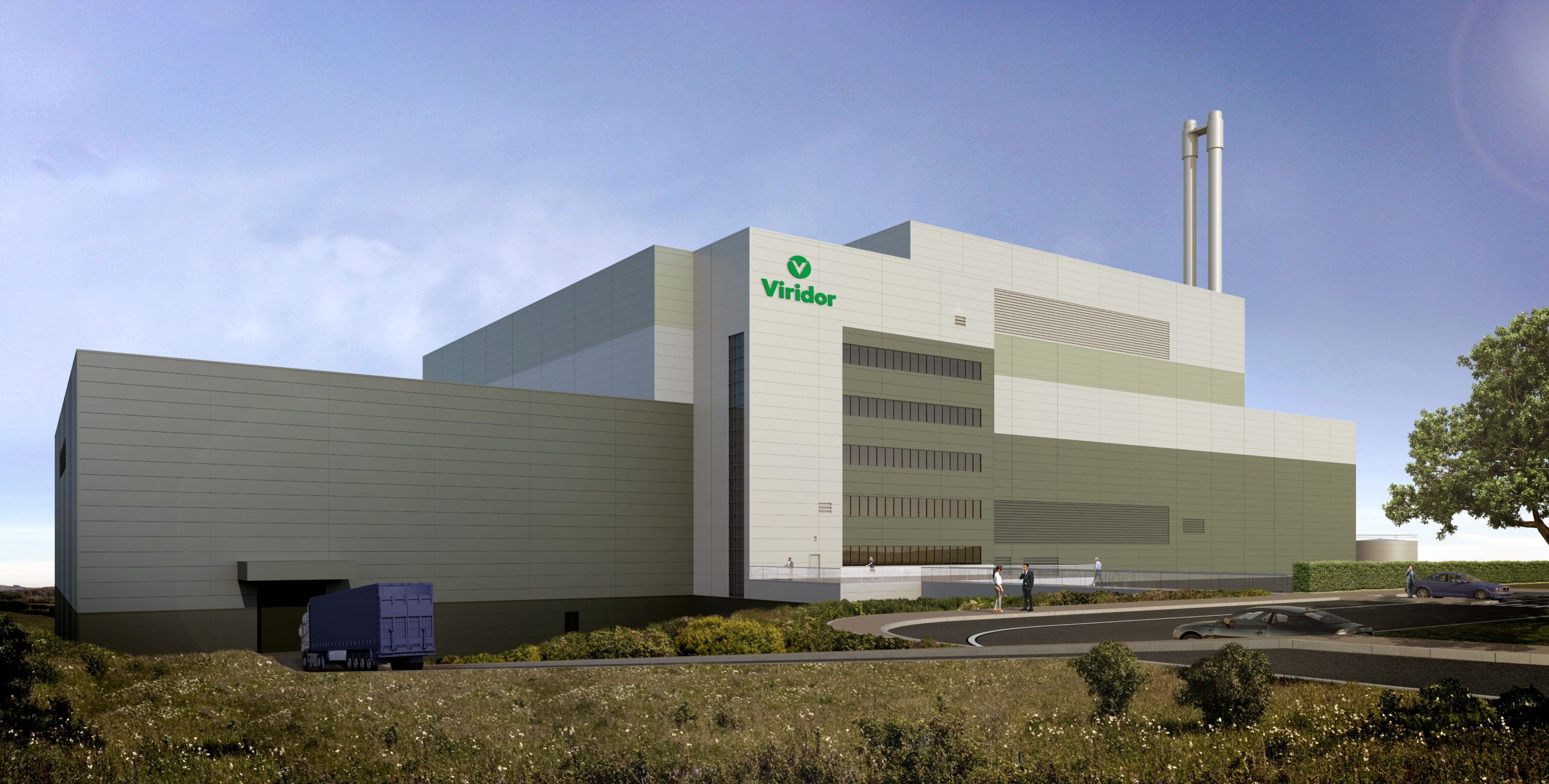
Review must see an end to incineration in Scotland
The deadline for submissions to the Scottish Government’s review of the role of incineration has just passed. From health impacts and issues of equality to climate concerns and competition with recycling there are plenty of reasons to say no to more incinerators.
The review has been charged at looking at how much incineration capacity Scotland needs and is there anything that can be done to reduce negative impacts of existing incinerators. There have been roundtables with industry, councils and communities, and individual meetings with stakeholders. While the review is being conducted there is a moratorium on new incinerator applications being approved.
Why incineration is not the answer
Incineration is a direct competitor for doing something more sensible with our waste. Plastic, paper and cardboard burn well but should be recycled. On average, every tonne of waste burnt releases one tonne of carbon dioxide into the atmosphere. Signing contracts with an incinerator means you have to keep feeding it for decades, even if you want to recycle instead.
The industry like to claim that incineration creates green electricity but burning waste to produce electricity can produce more than ten times the amount of carbon emissions of average Scottish grid electricity. Building an incinerator today means it will likely still be operating in 2045, when we are supposed to have eliminated climate emissions as far as possible.
How much we might still need to burn in 2025 and 2030 depends strongly on how good we get at reducing waste, recycling and composting and making products in better ways.
In the Netherlands they are aiming to halve the amount of new materials used in the economy by 2030. In Wales they are progressing well towards their target to recycle 70% of waste by 2025, while we are slipping backwards, with the latest Scottish figure for household waste at 42%. Wales is also banning any new incinerators and setting a date to phase out existing ones.
Mounting evidence of the harms of incineration
In December a cross-party group of MPs and peers published a review of incineration and concluded that there should be a moratorium on building any more to protect human health and cut carbon emissions. Among the health evidence they looked at was an Italian study which found heavy metals in children’s toenail near incinerators and another that found cancer-causing, hormone-disruption dioxins in eggs, grass and moss up to 10km incinerators in the Netherlands and Spain.

Closer to home, the NHS Ayrshire & Arran Respiratory Managed Clinical Network objected to the construction of an incinerator at Ochiltree because it would increase respiratory disease and hasten deaths in the local population.
Incinerators are almost always built in poorer areas, so any health concerns come on top of already lower life expectancies. The incinerator being built in Aberdeen is next to the one of the most deprived parts of the city and only a kilometre from a primary school.
On the second part of the review – reducing the impact of incineration – the industry will be talking up carbon capture and storage. This technology is being massively overhyped, with no operational plants anywhere in Europe and the one Scottish proposal failing to gain UK Government funding last year.
Incineration is a 19th century solution to dealing with resources passing through our economy, instead we need a 21st century drive towards circular economy solutions.
Dr Richard Dixon is Director of Friends of the Earth Scotland.A version of this article was in The Scotsman on Thursday 24 Feb 2022.
